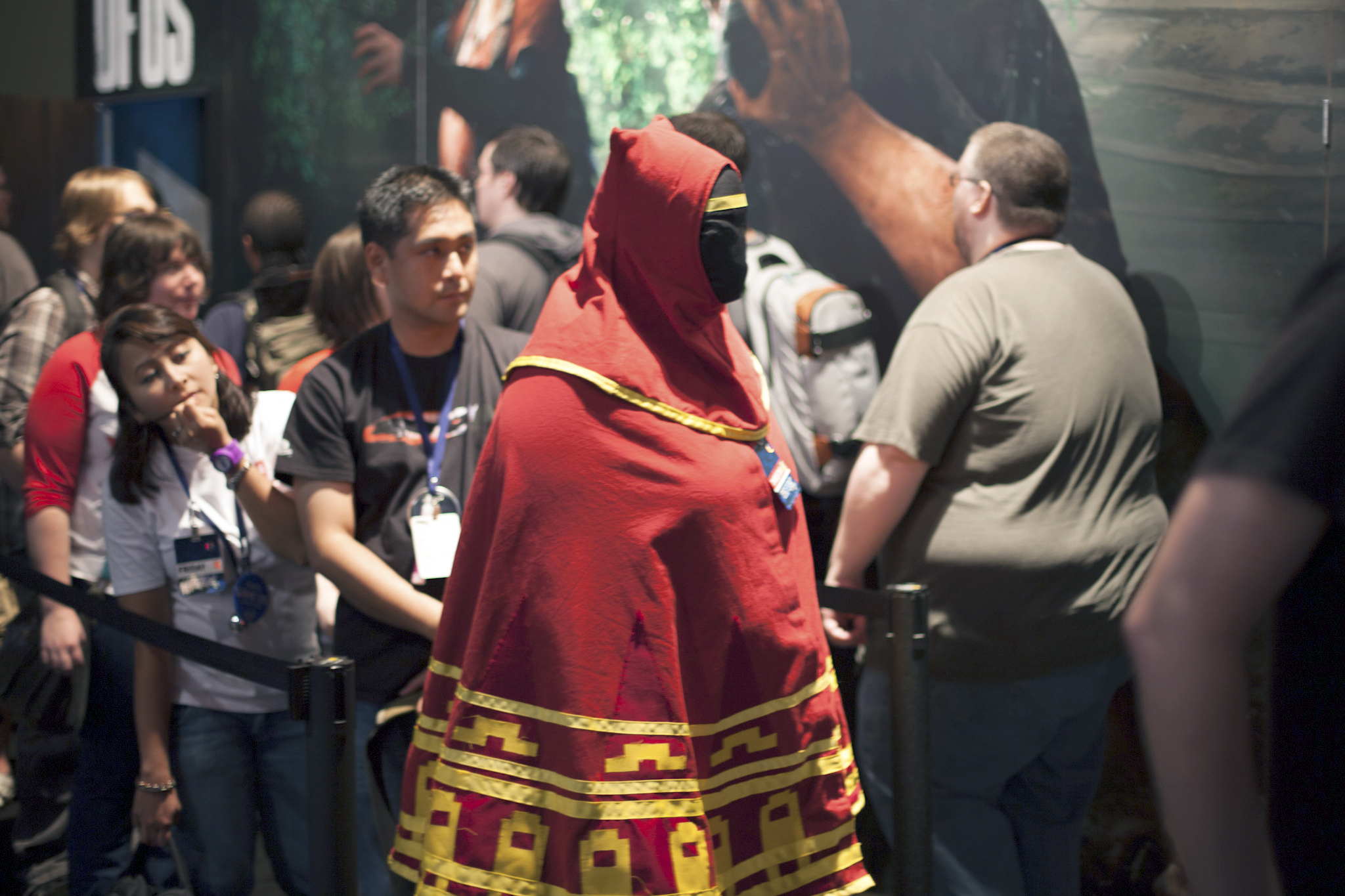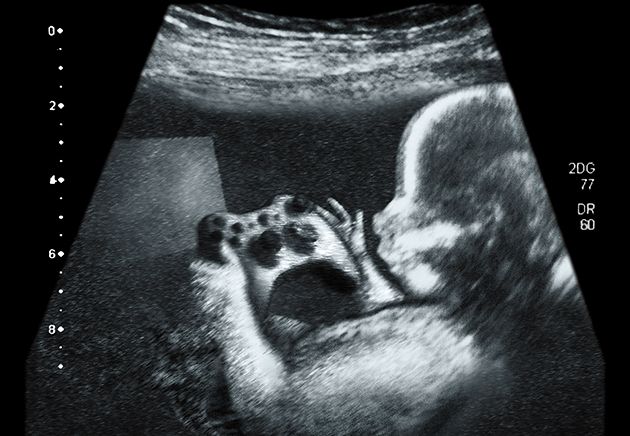For its three-decade existence, the world of the video gamer has been defined by mainstream culture as a land of introverts and shut-ins. In the 1980s, arcades were venues for hooligans, and playing Dungeons & Dragons was the first step toward devil worship. Then in the 1990s, news stories portrayed the Columbine shooters as violent, video-game-playing loners.
Even into the new millennium, the stigma continues. The line for the Xbox is long, the ads tell us, but it’s made up of uncomfortable isolated geeks eager to return to their screen-lit cocoons. It’s a narrative perpetrated by outsiders who have no real sense of the kinship and creativity that exists in the gaming community. And it’s a narrative that can be easily dispelled after one day at the Penny Arcade eXpo, the wildly popular video-game convention to be held this weekend at the Washington State Convention Center.
There have been many nerd conventions over the years, but PAX Prime, as it is now known, was the first to make gaming its sole focus. Started in 2004 by Mike Krahulik and Jerry Holkins—aka Gabe and Tycho, creators of the webcomic Penny Arcade—the event was intended to be an all-encompassing gaming celebration. Gabe and Tycho hoped that if they built it, the gamers would come, and they were right.
Of course local gamers attended the con, but so did non-Washington gamers. Tristan Stanley describes flying in from Iowa for the first PAX, and then riding in a cramped van from Seatac to Bellevue, where the convention was then held. Only after a fellow passenger took a cell-phone call and confirmed that he was going to PAX did everyone in the van suddenly realize they were all headed to the same destination. Imagine, a full van of out-of-staters in town for the first PAX. Beautiful. But why? Why travel hundreds if not thousands of miles to attend a gaming convention?
Let’s start with the cool factor, or rather the uncool factor. For its first couple decades, gaming was definitely not cool. This did two things. In a way it isolated players by their passion, but, like any counterculture activity, it also gave them something to bond over when they encountered like-minded individuals. When you met another gamer in your town’s small gaming store, there was an instant connection. Other people might not have understood your hobby, and might even have tormented you endlessly for your passions, but when you met other gamers, they got it. They understood this world and understood you. And it was freakin’ awesome.
With the explosion of the Internet (I know, I’m going way back), people could connect beyond the local game store. Gamer magazines, forums, gamer gear, and gamer music (nerdcore) were created out of the love for gaming. Gamers were finding their voice and their people simultaneously. Their voice was echoed through Penny Arcade, which started in 1998; Gabe and Tycho’s comic focused on gaming and general nerd debauchery.
I discovered it in 2001 from one of my best friends, Alex Brogger. We met in school and became fast friends once it was established we were both huge nerds and both gamers. Long hours on AIM consisted of exchanging links to our favorite comics. Stanley, with whom I currently work at indie game studio Zhurosoft, discovered Penny Arcade through a LAN party in 1998, and, like most gamers, became instantly hooked. This was the usual pattern—gamer-to-gamer sharing, instant fandom. As Chris Hagen, a software engineer with a degree from Redmond’s DigiPen Institute of Technology, notes, he “worshipped” the comic, as did every other DigiPen grad (Brogger and Stanley both went to DigiPen as well). Penny Arcade spread like wildfire within the community. In Tycho and Gabe, gamers had found their leaders. So when the duo announced the first Penny Arcade eXpo, naturally gamers couldn’t wait to be a part of the action.
And there is a lot of action: a PC area, a tabletop area, a handheld area, a massive console area, and an exhibit hall where the industry can show off its latest products. And of course there is Omegathon, the gaming tournament populated by randomly selected attendees. At PAX, you can play games to your heart’s desire, or take in one of the many nerdcore concerts and then head over to watch a tournament. You can participate in testing or stand on the sidelines as a spectator. PAX allows all types of gamers to come together and participate within their comfort zone.
But PAX doesn’t just provide a place to game, it also gives developers a way to better craft their games and perfect their art. The industry can check the pulse of its target audience and vice versa. Developers can get instant feedback from players and watch for trends. PAX also gives companies an open environment to work together and share ideas. This is especially true for indie gaming companies, which can present a problem to the community and listen for solutions; share war stories to help one another; or even find new partners for creating the next great indie game. PAX is a place for gamers to help each other make games better.
A real community, a family of sorts, is created through the PAX experience. Yet PAX grows every year. This weekend’s event was long ago sold out, and PAX Prime is nearing an annual attendance of 100,000. Due to demand, there are now two other annual PAX conventions, one on the East Coast and another in Australia. With that increased size comes mainstream attention, and with it possibilities for more crass commercialism. I wonder—how big can a community grow and still hold on to its roots?
I suppose we’ll find out soon. As gaming continues to become more mainstream and threatens to shed its loner reputation, the number of first-time PAX attendees will increase. And who can blame them? Not my co-worker Stanley, who recalls that van ride with all those strangers who so quickly found a connection through PAX: “For the first time I was able to easily engage strangers with a shared interest I knew a great deal about.”
geeklyreport@seattleweekly.com
Beginning next week, Terra Clarke Olsen will contribute her thoughts on all things geek in a new Seattle Weekly column, the Geekly Report. Find it in print and, of course, online.
PAX PRIME Washington State Convention Center, Eighth Avenue and Pike Street, paxsite.com. SOLD OUT. Fri., Aug. 30–Mon., Sept. 2.










